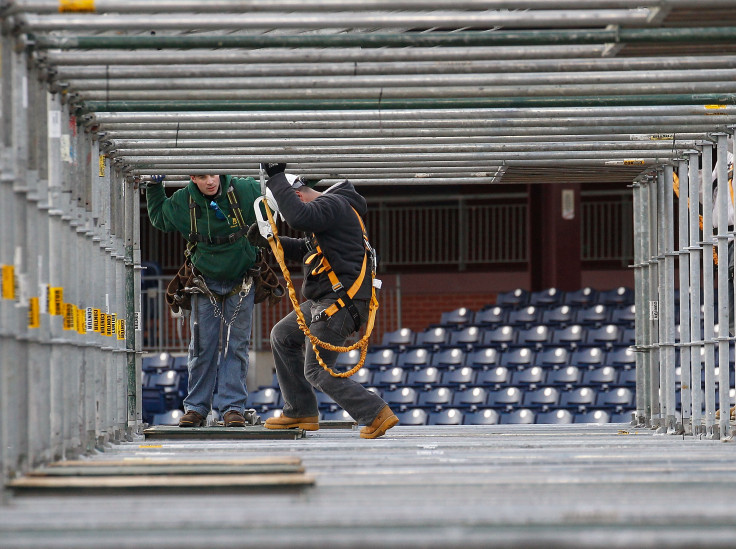
Back in August, during the Democratic National Convention, Pennsylvania Governor Josh Shapiro urged party membersto continue energizing the Latino electorate nationwide: "do what I've tried to do: show up, listen, speak to the issues on people's minds in the Latino community and elsewhere."
Shapiro's advice came from experience as the swing state of Pennsylvania has become home to a growing community of Latinos. For instance, in Reading, a town around 60 miles away from Philadelphia, Latinos account for 67% of the population, making it a key town for both Harris and former President Donald Trump as they seek to win Pennsylvania.
In Philadelphia alone, for example, the number of Latinos has risen from 129,000 residents in 2000 to 244,000 in 2023. Understanding not only their role but the role of immigrants overall in Philadelphia is going to be key for both parties this November, especially after a new poll by The New York Times just revealed that for the first time in this election cycle Harris has emerged with a lead in the state, currently standing at 50% to Trump's 46%
A new report from The Pew Charitable Trusts, reveals a series of insights into Philly immigrants' role in the city's labor force, starting with the fact that the number of foreign-born workers in Philadelphia has grown from 105,600 to 158,300, representing a 50% increase and accounting for about one-third of the increase in the city's employed labor force since 2010.
On the flip side, however, researchers also found that half of these workers earn less low wages, defined by the report as less than $36,300 annually, and the median household income for immigrants in Philadelphia was $54,900 in 2022, compared to $57,000 for U.S.-born residents, opening up a series of opportunities for policymakers to reach out.
Language proficiency and education are closely tied to these earning disparities. Around 90% of high-wage immigrant workers reported speaking English well, compared to about 75% of those in the middle-income bracket. One-third of low-wage earners said they struggled with English, and over half had only a high school diploma or less, while around nine out of 10 high wage earners spoke English well.
In that context, self-employment has become a common path for immigrants in Philadelphia, with about one-third of self-employed business owners being foreign-born. In 2022, around 21,000 immigrants were self-employed, accounting for a disproportionately large share of entrepreneurs compared to their population size.
When looking at the distribution of worker per sector, construction firms, restaurants, taxi and trucking companies, and housecleaning services were the most common types of businesses owned by Philadelphia's self-employed immigrants in the 2018-22 period. In contrast, the top sectors for U.S.-born entrepreneurs were construction; management, scientific, and technical consulting; and independent (freelance) art, writing, and performance services.
© 2025 Latin Times. All rights reserved. Do not reproduce without permission.





